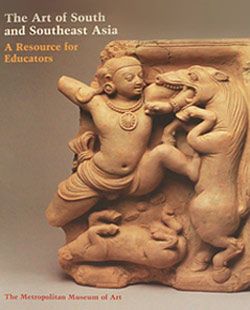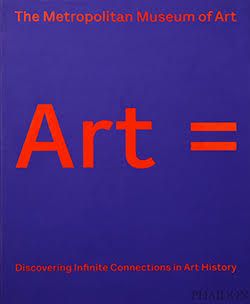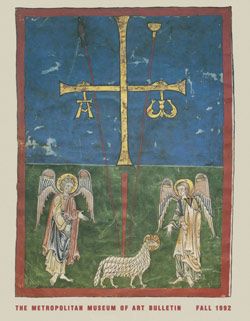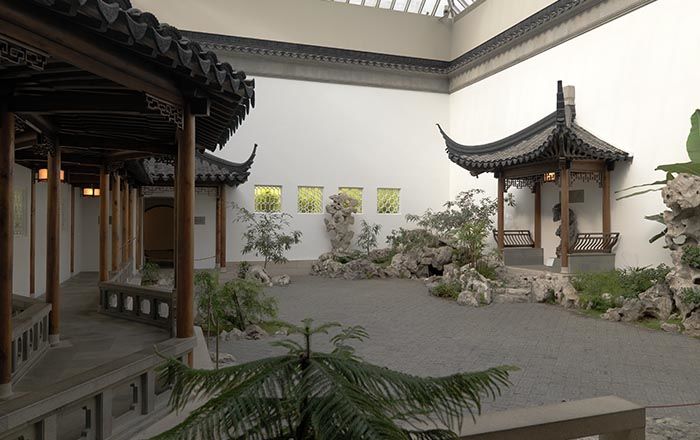Vaikuntha Vishnu
India (Jammu & Kashmir, ancient kingdom of Kashmir)
This complex form of Vishnu, first referred to by the name Vaikuntha in the seventh-century Vishnudharmottarapurana, is four-faced (chaturmurti), with the heads of a lion (right) and a boar (left) flanking a human head. He is also identifiable in this form by the epithet Para-Vasudeva, “the highest god.” The lion and boar represent Vishnu’s Varaha and Narasimha avatars. Carved in low relief on the back of the halo is the fourth face, a demonic, grimacing representation with fangs and a vertical third eye on the forehead. The small attendant on Vishnu’s left is Chakrapurusha, the personification of his war discus, originally balanced on his right by Gadadevi, the female personification of his battle mace. The earth goddess Prithvi, stands between Vishnu’s legs. from the eighth through the tenth century, this four-faced Vishnu was the paramount cult icon in the kingdom of Kashmir.
#7930. Vishnu as Para Vasudeva-Narayana, Part 1
-
7930. Vishnu as Para Vasudeva-Narayana, Part 1
-
7934. Vishnu as Para Vasudeva-Narayana, Part 2
Playlist
This image cannot be enlarged, viewed at full screen, or downloaded.





